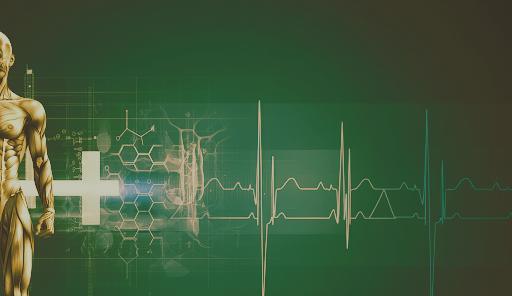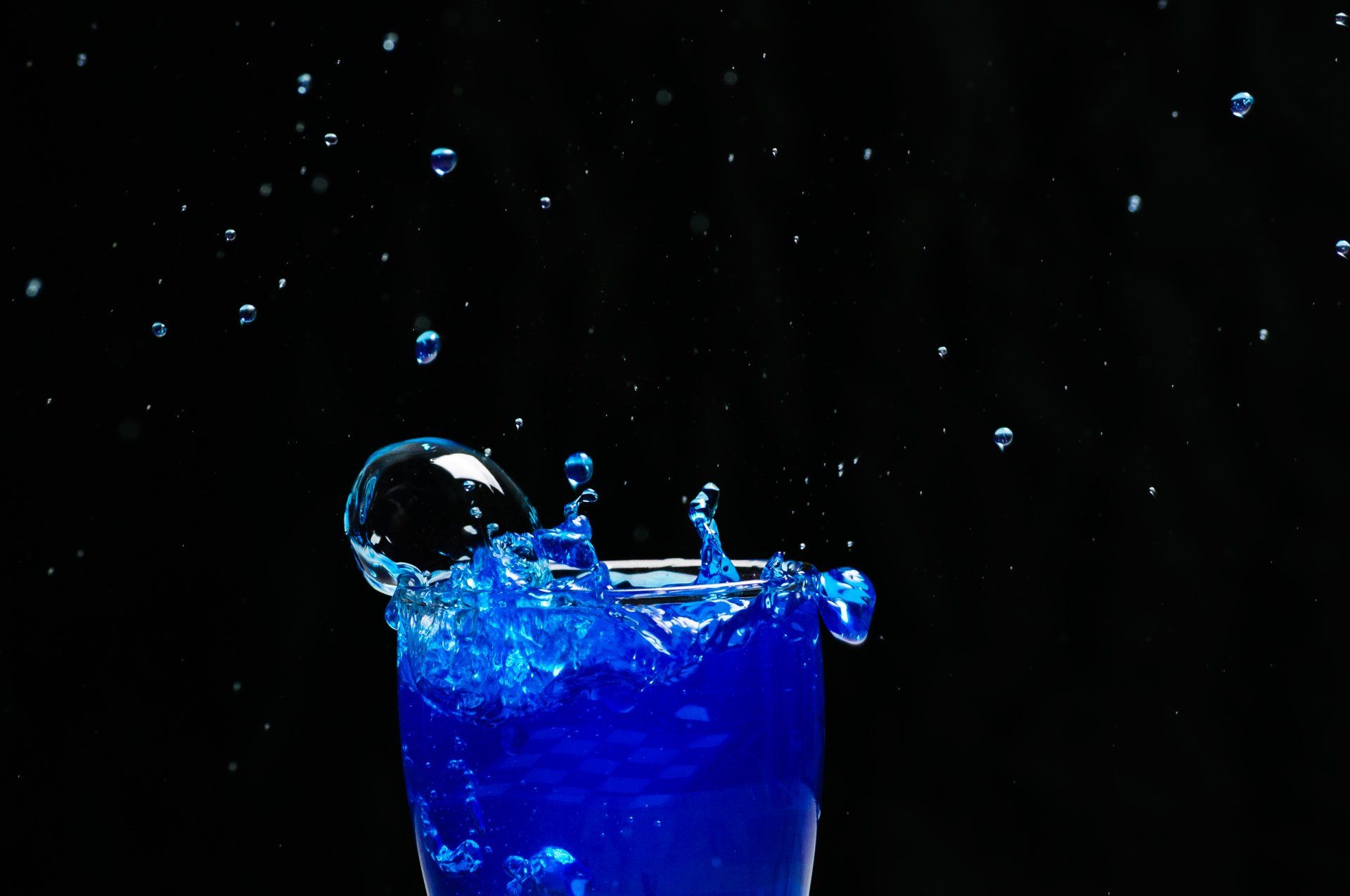PRP Therapy in Lincoln, Nebraska
Regenerative Pain Relief Without Surgery
Looking for a natural way to relieve joint pain, avoid surgery, and heal long-term? At One Natural Health in Lincoln, we specialize in Platelet-Rich Plasma (PRP) therapy—an advanced, non-surgical treatment that uses your body’s own healing power to repair joints, tendons, and ligaments.
How PRP Therapy Works
PRP (Platelet-Rich Plasma) is created by concentrating the platelets from a small blood draw. These platelets release growth factors that:
- Reduce inflammation
- Regenerate collagen
- Strengthen joints and soft tissue
- Decrease pain naturally over time
When Is PRP the Right Choice?
PRP may be ideal if you:
- Have early to moderate joint degeneration
- Want to avoid joint replacement or steroid injections
- Prefer a natural, drug-free treatment
- Need a cost-effective, long-term solution
For bone-on-bone or advanced degeneration, we may recommend A2M PRP or Stem Cell Therapy instead.
Conditions Treated with PRP
Shoulders:
Rotator cuff tears, AC arthritis, tendinitis—even full-thickness tears can respond well.
Hips:
For advanced hips, bone on bone, severe arthritis, A2M and Stem Cell Therapy provide superior results without extra visits.
Knees:
PRP for mild to moderate knee arthritis restores cartilage, relieves stiffness and swelling, and helps you avoid knee replacement surgery.
Back (Degenerative Discs):
PRP supports the soft tissues of the spine that chiropractic alone can’t repair.
Tennis Elbow:
Proven effective in lateral epicondylitis from work or sports overuse.
Plantar Fasciitis / Foot Pain:
PRP or ozone for foot arch, heel, and ankle pain.
Wounds & Scars:
PRP + ozone reduces scar tissue, improves healing, and smooths skin texture.
PRP Treatment Options at One Natural Health
Standard PRP Therapy
- Provides significant healing for injuries and pain
- Injected into joints, ligaments, and tendons
- Great for mild to moderate arthritis and injuries
A2M-Enhanced PRP – Premium Results
- Best for moderate to advanced arthritis
- Combines PRP with Alpha-2-Macroglobulin (A2M)
- Helps utilizing proteins that stop arthritis progression
Stem Cell Therapy (BMAC Method) – Fastest Healing
- Best for bone-on-bone joints and severe arthritis
- Uses Bone Marrow Aspirate Concentrate (BMAC) from your body
- Often just 1 treatment needed
- Deep structural repair with the longest lasting results
Boosting PRP Results with Hyperbaric Oxygen
- Improves oxygen flow to healing tissues
- Speeds tissue regeneration
- Enhances platelet activation
Performed 3 to 5 weeks after PRP for optimal benefits and healing.
Is PRP Affordable?
Yes—PRP is often far less expensive than:
- Joint replacement surgery which can cost $4,000–$10,000+
- No hospital visits and drug co-pays
- Rare need for Physical Therapy or Chiropractic
Our therapies are competitively priced, ask for estimates regarding your specific area to treat. PRP is not covered by insurance plans.
Recovery Tips After PRP
To maximize your healing, we recommend:
- Supplements: Magnesium, Vitamin D, age appropriate Melatonin
- Lifestyle: Avoid smoking, limit caffeine and alcohol
- Activity: Exercise as soon as possible
PRP Patient Testimonial
"My shoulder was hurting so bad. I tried chiropractor treatments, maybe it helped, maybe not—but after PRP with Daniel, it made a difference right away."
– Diane, Lincoln, NE
PRP FAQs
What’s the difference between PRP and A2M PRP?
- PRP promotes repair of tissues. A2M with PRP also controls proteins that are involved in stopping arthritis progression.
How many PRP treatments will I need?
- PRP: Generally 2–4 treatments, more for hips or knees, less for shoulders.
- A2M PRP: Typically 1–2.
- Stem Cell BMAC: Often 1.
Is PRP therapy safe?
Yes—it's 100% natural and made from your own blood.
Will PRP help with bone-on-bone arthritis?
In some cases, yes. But Stem Cell Therapy and A2M PRP is usually stronger for those joints.
Take the First Step Toward Healing with PRP
If you're searching for:
- PRP injections in Lincoln
- Non-surgical arthritis treatment
- Alpha 2 Macroglobulin therapy
You’ve found the right place.
Conditions for PRP
PRP is effective in joint and musculoskeletal conditions. PRP stimulates collagen production, cell growth and regeneration to reduce inflammation and pain during the healing period.
Shoulder PRP
Rotator Cuff Tears, Arthritis, AC joints, and tendinitis are Prime candidates for PRP. Shoulders heal faster than larger joints and healing is significant even in full thickness rotator tears.
Knee Osteoarthritis PRP
Osteoarthritis results from old knee injuries, where cartilage is worn away and the knee loses its natural cushion. This makes the knee joint stiff, swollen, and painful with less range of motion. We have saved many knees that other clinics thought needed a knee replacement, for bone on bone knees ask call to see if you are a candidate for PRP or Stem Cell Therapy.
Degenerative Disc Disease PRP
Disks in the spine thin, resulting from damaged soft tissues that support the spine. Until the supporting ligaments and tendons along the spine are repaired with regenerative injections patients will not heal, hence the reason chiropractic may feel good,, but back cracking can not fix the problem. Start fixing your back now
Tennis Elbow PRP
Lateral epicondylitis (tennis elbow) is pain at the outer elbow with repeated sports or work movements. PRP in studies has shown to have great results in tennis elbow injuries.
Plantar Fasciitis PRP
The plantar fascia is a large ligament found on the bottom of the foot, connecting the heel to the front of the foot and supports the foot arch. PRP or at times ozone only injections are used for plantar fascia, ankle, and foot injuries.
Wounds PRP
Wound healing comes from regenerative injections of PRP ,neural therapy, and ozone therapy. The concentrated platelets in PRP combined with ozone provide the building blocks to promote healing and repair. HBOT Oxygen Therapy is also used in wound healing.
Scar Reduction PRP
When scars form the skin fibers may not be smooth, making raised and unpleasant appearing scars. PRP combined with ozone,
neural therapy, and electric stimulation repairs collagen which reduces the pain and appearance of scars.
Combining therapies to boost PRP healing
- Most patients do Hyperbaric Oxygen Therapy at 1 and 2 months post PRP to accelerate the healing process of the platelets. You can learn more about our Hyperbaric treatments here.






